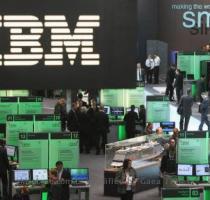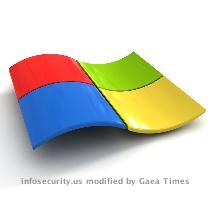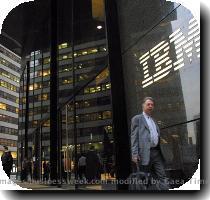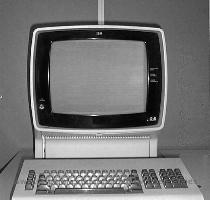Freer technology budgets, more sophisticated factories lead Intel to best-in-a-decade profit
By Jordan Robertson, APTuesday, July 13, 2010
Freer budgets help Intel’s best-in-a-decade profit
SAN FRANCISCO — The last time Intel Corp. pulled in profit this big, dot-com delirium was in full swing and Internet fever fueled spectacular computer sales.
Now, as the technology industry recovers from a slump caused by the financial meltdown, the world’s No. 1 semiconductor company has reported its biggest quarterly net income in a decade on signs of vibrance in the most troubled corner of the computer market.
Intel shares shot up $1.19, or 5.7 percent, to $22.20 in morning trading Wednesday.
Large corporations are now buying more computers that use Intel’s most expensive chips, an encouraging sign for the overall economy that emerged from Intel’s second-quarter numbers, which were reported Tuesday after the stock market closed. Corporations have been stingy on upgrading their workers’ personal computers, a trend Intel is now seeing reverse. Intel gets most of its profit from the sale of chips that go into PCs.
Intel CEO Paul Otellini said companies are starting to replace 4- and 5-year-old PCs now that they have some “breathing room in the economy and their budgets.” Intel has unique insight because it owns 80 percent of the worldwide market for microprocessors, the “brains” of PCs and servers.
The numbers offer further evidence that companies are freeing their technology budgets, which should have helped other big technology companies. Intel’s main rival, Advanced Micro Devices Inc., reports its quarterly results on Thursday, while IBM Corp. and Microsoft Corp. issue their numbers next week.
Intel’s results topped Wall Street’s forecasts, and the company raised its guidance.
Intel’s net income was $2.89 billion, or 51 cents per share, in the quarter ended June 26. Analysts expected 43 cents per share. The last time Intel’s quarterly net income topped $2.5 billion was in 2000 during the dot-com heyday.
In the year-ago period, Intel lost $398 million, or 7 cents per share, when it paid a $1.45 billion fine in Europe over antitrust violations.
Revenue was $10.77 billion in the latest period, above the $10.25 billion expected by analysts surveyed by Thomson Reuters.
Intel’s third-quarter forecast was stronger than expected. It said it expects revenue of $11.20 billion to $12 billion. Analysts were projecting $10.92 billion.
Intel’s profit forecast also got a lift. Intel now expects gross profit margin — a key measure of a company’s ability to control costs — of 64 percent to 68 percent of revenue for the full year. Its previous forecast was for 62 percent to 66 percent.
Technological upgrades to its factories have made Intel’s chips more powerful and cheaper to make. That’s a major factor in Intel’s ability to increase its profit margins.
Its business has improved over the past year and a half largely on robust consumer spending on discounted PCs. Corporate spending on PCs has been a troubled corner of the market. Many companies have resisted upgrading their workers’ PCs amid lingering fears about the health of their businesses.
It has been more than a year since Intel CEO Paul Otellini declared that PC sales had “bottomed out” and were starting to recover after their worst stretch in six years.
His analysis was accurate, but the semiconductor business is highly cyclical and now many analysts worry that another slowdown could be around the corner. The fears are being stoked by economic wobbliness in Europe and signs of slowing demand in China.
More than half of Intel’s revenue comes from Europe and the Asia-Pacific region. On a conference call with analysts, Otellini said business in China and Europe was slow when the quarter started but “settled down” by the end of the quarter and were “nicely up” in both regions.
Market research firms IDC and Gartner Inc. predict that PC shipments will grow a robust 20 percent this year.
Tags: Europe, North America, San Francisco, United States



